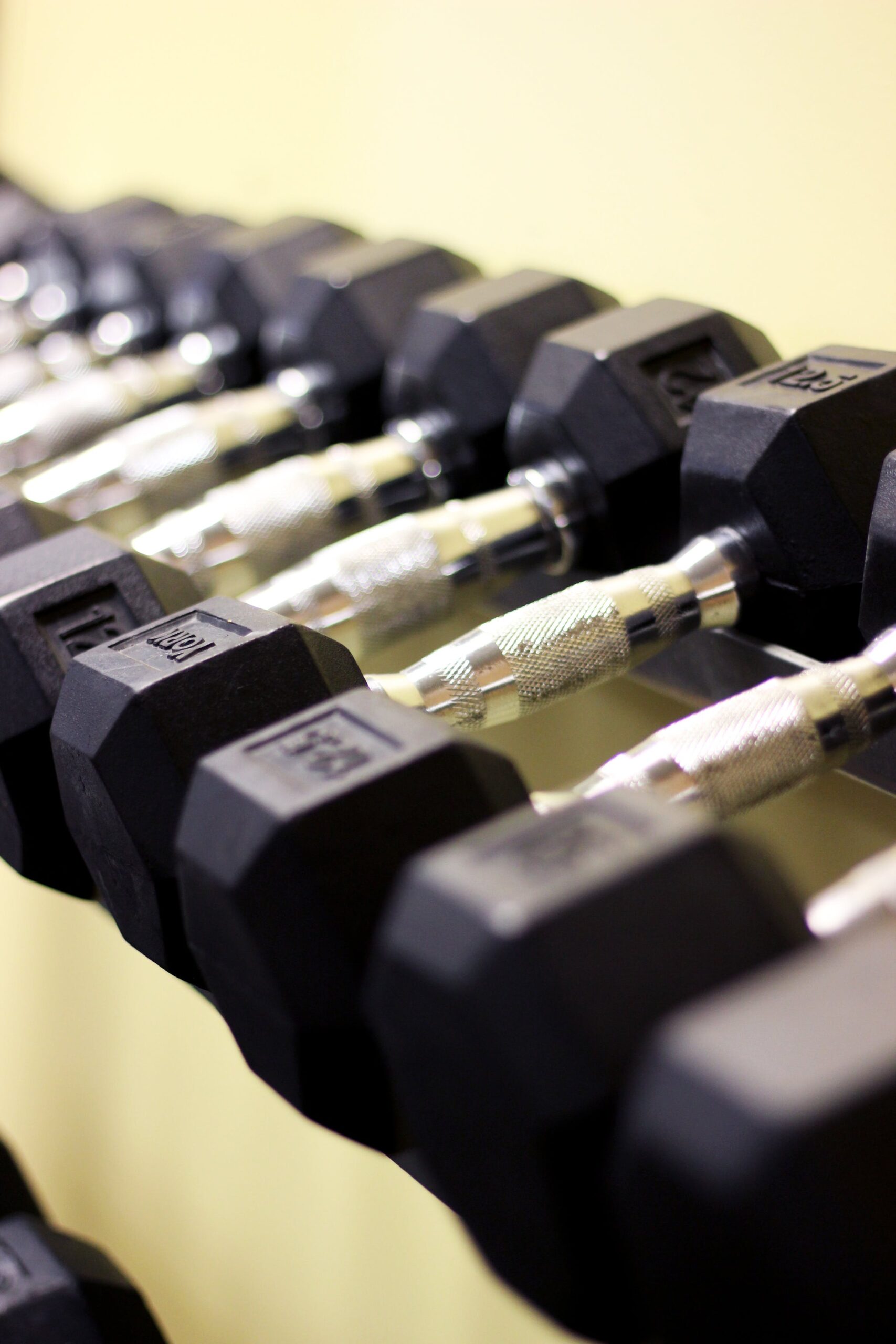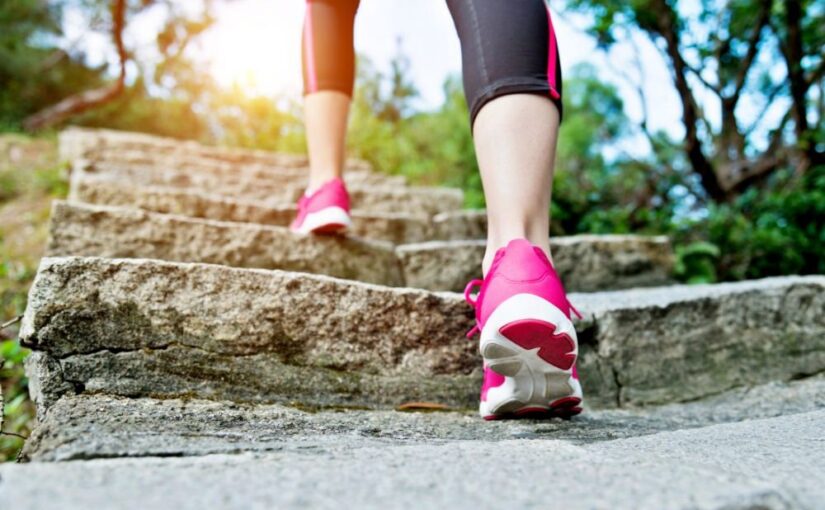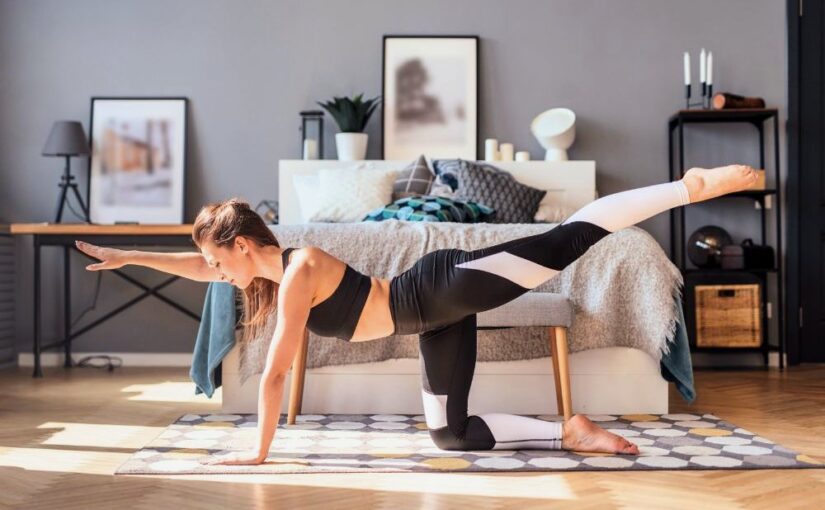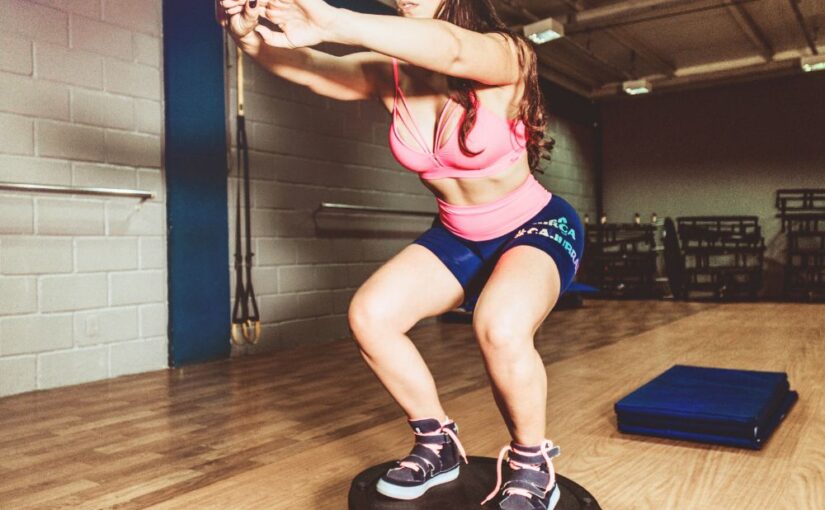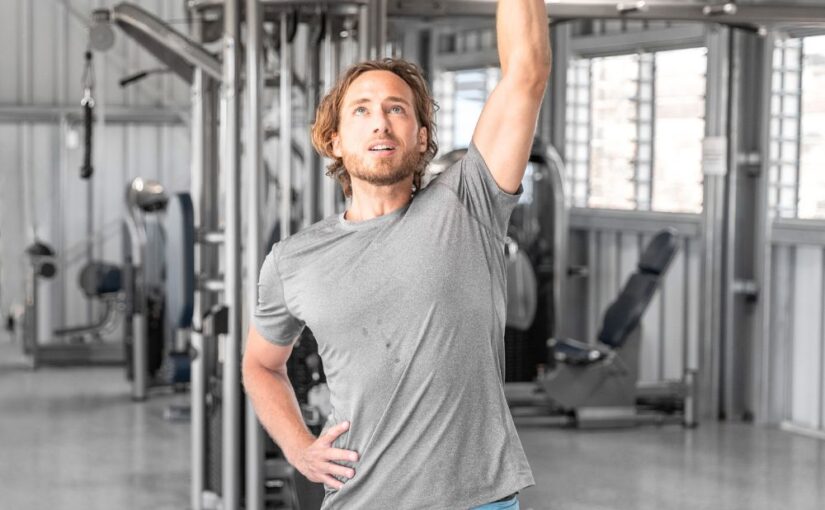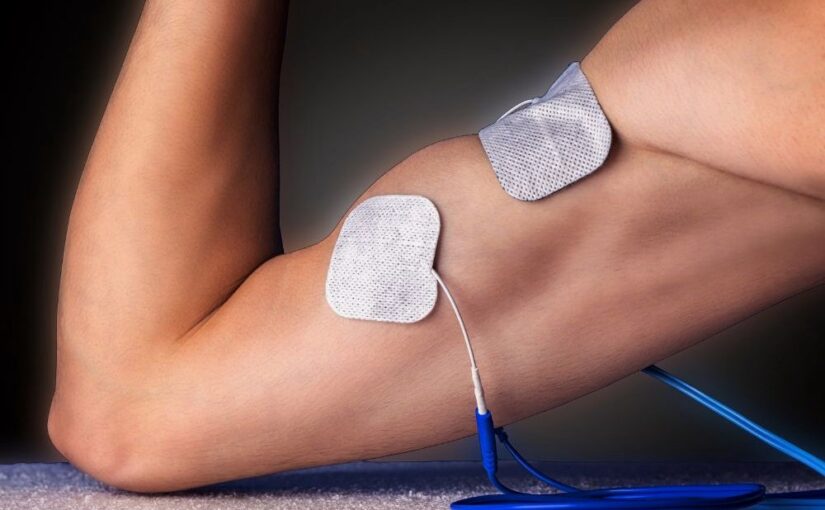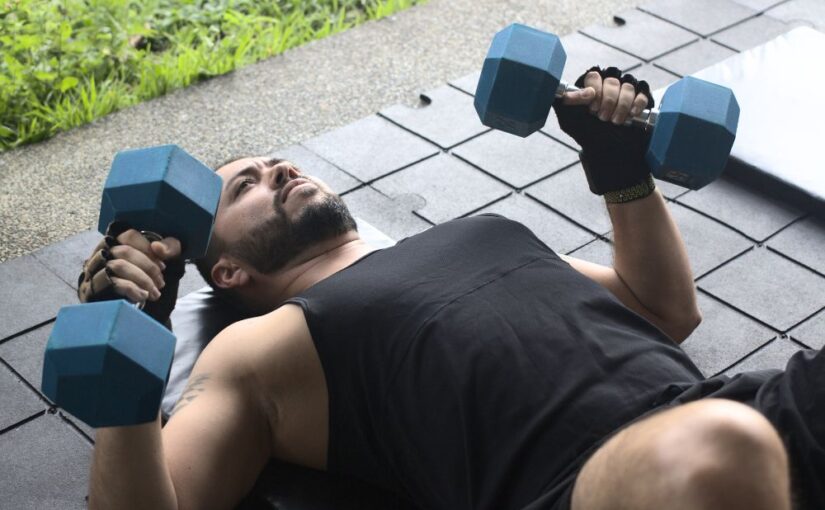Walking is one of the easiest and most accessible types of exercise, providing a variety of health benefits. If you want to maximize the effectiveness of your walks, there are several strategies you can implement. Here’s how to make your walking routine more impactful, including the option of using stairs.
1. Set Clear Goals
Before starting, define what you want to achieve. Are you walking for weight loss, improved cardiovascular health, or stress relief? Setting specific goals can help you stay motivated and track your progress.
2. Choose the Right Footwear
Investing in a good pair of walking shoes is important. Look for shoes that provide ample support, cushioning, and fit well. Wearing the right footwear can prevent injuries and make your walks more comfortable.
3. Incorporate Interval Walking
Interval walking involves alternating between higher-intensity bursts and lower-intensity recovery periods. For example, walk briskly for one minute, then slow down for two minutes. This method can boost cardiovascular fitness and burn more calories.
4. Maintain Proper Posture
Good posture can enhance the effectiveness of your walk. Maintain your head up, shoulders back, and engage your core. This alignment helps prevent injury and ensures that you’re using the right muscles.
5. Add Resistance
To increase the intensity of your walks, consider adding resistance. This could include wearing a weighted vest, using ankle weights, or carrying light dumbbells. This extra effort can help build muscle and increase calorie burn.
6. Use Walking Poles
Walking poles can engage your upper body and improve stability, especially on uneven terrain. They can also help reduce strain on your knees and back, making your walks more effective.
7. Explore Different Terrains
Varying your walking route can make your workouts more engaging and effective. Try walking on hills, trails, or sand. Each surface challenges your muscles differently and increases the intensity of your walk.
8. Incorporate Stair Walking
Using stairs is an excellent way to enhance your walking routine. Climbing stairs burns more calories than walking on flat surfaces and strengthens your legs, particularly the quadriceps, hamstrings, and glutes. It also boosts cardiovascular fitness and improves balance. Look for opportunities to take the stairs instead of the elevator whenever you can.
9. Gradual Progression
As you implement these strategies, it’s important to progress gradually. If you’re new to walking or incorporating new techniques, start slowly and increase intensity over time. This approach helps your body adapt, reducing the risk of injury while allowing you to build endurance and strength safely.
10. Stay Mindful and Focused
Practice mindfulness while walking. Pay attention to your surroundings, breathe deeply, and focus on your movements. This can enhance your mental well-being and make the experience more enjoyable.
11. Track Your Progress
With the help of a fitness tracker or app, you can monitor your steps, distance, and calories burned. Tracking your progress can motivate you to keep walking and help you set new goals.
12. Walk with a Purpose
Incorporate walking into your daily routine by choosing to walk instead of driving for short trips. Opting to walk while running errands or taking phone calls is a great way to keep moving and stay active throughout the day.
13. Join a Walking Group
Walking with others can provide motivation and accountability. Join a local walking group or invite friends and family to join you. The social aspect can make walking more enjoyable and help you stick to your routine.
Conclusion
Walking is an excellent way to stay active and enhance overall health. By setting clear goals, maintaining proper form, adding resistance, and incorporating stair walking, you can make your walking sessions more effective. Be mindful of gradual progression to safely build your fitness level. Whether you’re walking for fitness, mental clarity, or simply to enjoy the outdoors, these tips will help you maximize your experience and achieve your goals.

